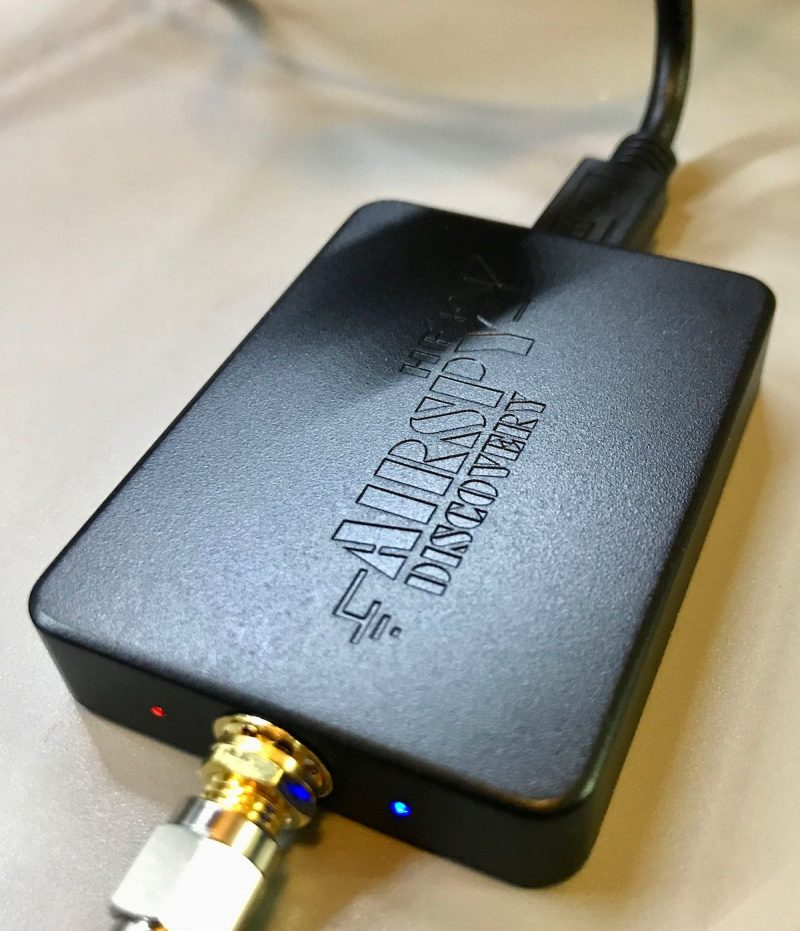BOBRR
Member
Hello,
Probably a silly question, but thought I'd ask anyway:
Let's say there are two (or more) am or fm stations broadcasting on the exact same freq.
Both have the same power, distance, etc.
If one of them didn't exist, either one, the other would come in loud and clear.
Is there any parameter, or technique, that could be utilized in separating them, such that
one or the either would be "listenable" to ?
Thanks,
Bob
Probably a silly question, but thought I'd ask anyway:
Let's say there are two (or more) am or fm stations broadcasting on the exact same freq.
Both have the same power, distance, etc.
If one of them didn't exist, either one, the other would come in loud and clear.
Is there any parameter, or technique, that could be utilized in separating them, such that
one or the either would be "listenable" to ?
Thanks,
Bob


